Cosy and inviting with roses around the door, what could be more charming than an English country cottage?
A pretty cottage in the countryside is just how many prospective buyers describe their dream home. The vision of idyllic country living is at the heart of the ‘cottagecore’ trend, which significantly gained in popularity during the pandemic. The term encapsulates and romanticises country living, centred around the desire for a simpler life embracing traditional agriculture, clothing and crafts.
It's hardly surprising, given the enduring appeal of cottages, that the full picture-postcard package in a desirable location will almost certainly command a premium over other property of a similar size.
But what exactly is a cottage? What distinguishes it from, say, a farmhouse or, indeed, any other kind of dwelling?
Originally, a cottage was the simple home of a medieval cotter, or agricultural labourer. Modest in scale, it would have had two, perhaps three, bedrooms upstairs, and one or two rooms downstairs. Windows were generally mullion or casement in style, and remained so when, from the 17th century onwards, sash windows were installed in larger, grander houses.
Cottages were usually constructed in a style known as post and beam, which gives them their distinctive low ceilings. Early cottages would have had earthern floors. Gradually these were replaced by pamments, or tiles, set into a layer of sand. As the tiles became worn they could be lifted and turned, before being re-laid over modern damp proofing.
We invariably picture a cottage with a thatched roof. Originally they were all thatched with local materials. But while a few of these traditional roofs remain, most had been replaced by the end of the 19th century.
However, if the cottage itself is intrinsically modest, the same may not necessarily be true of its surroundings and for many, the traditional cottage garden is all part of the attraction. The antithesis of formality and order, this type of garden locks the building in an embrace of cascading colour. Favourites such as delphiniums, roses, hollyhocks and herbs all flourishing in close, exuberant proximity.
It's a horticultural style that can be replicated with pots and containers in the most limited of spaces or, indeed, larger areas – so such gardens can be enjoyed even if you don’t happen to live in a cottage.
From a quintessential cottage in the Hampshire countryside to a picture postcard home in Pembrokeshire, here is a selection of cottages currently on the market.
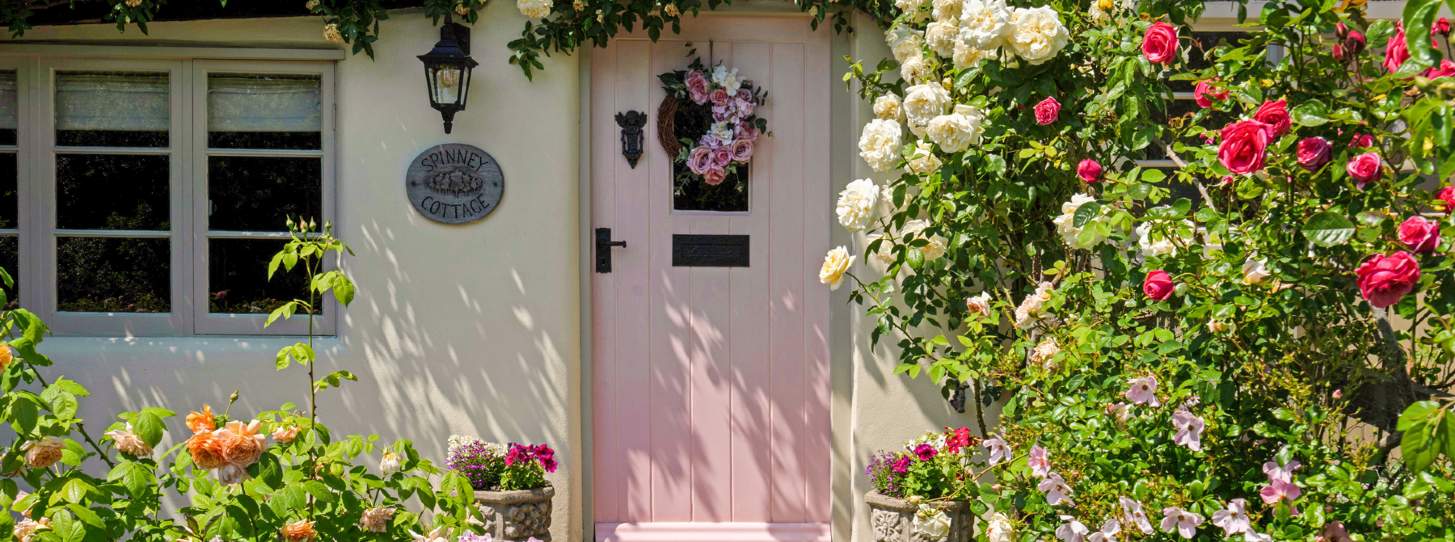
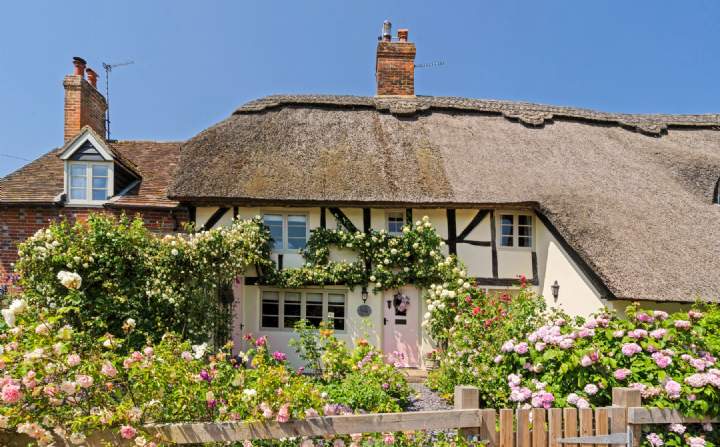
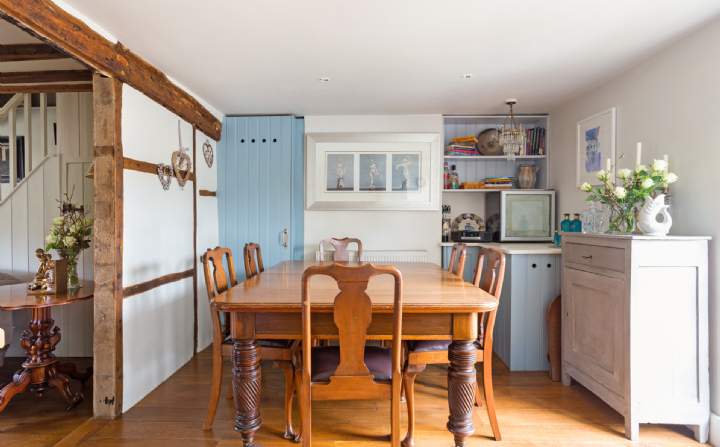
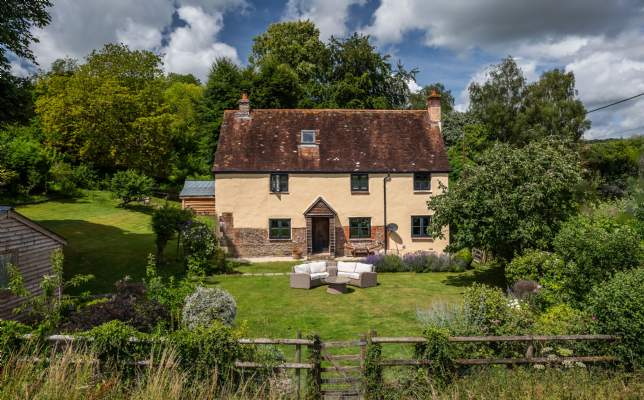
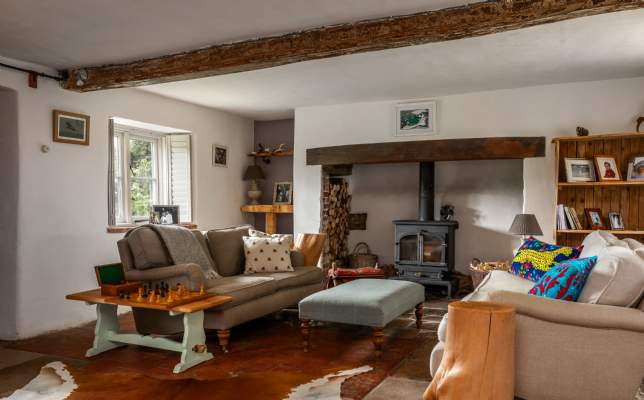
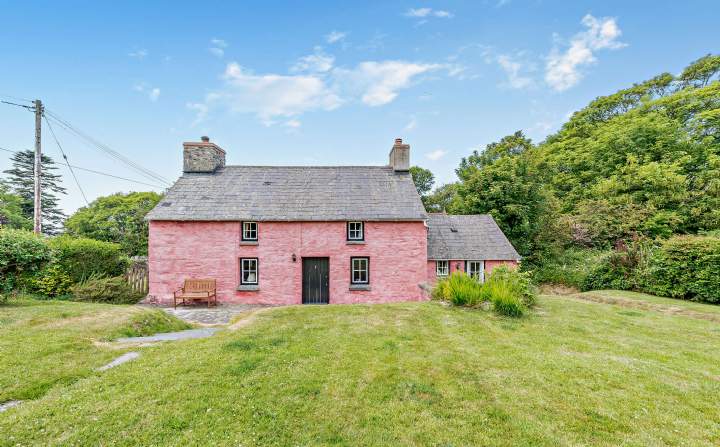
(1).jpg)
.jpg)
.jpg)

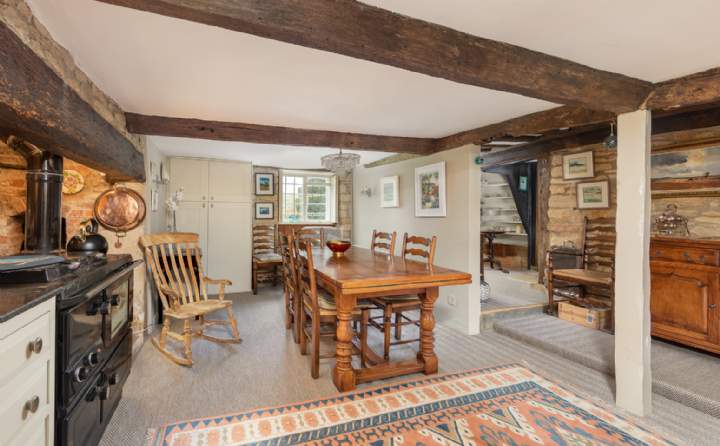
.jpg)
.png)


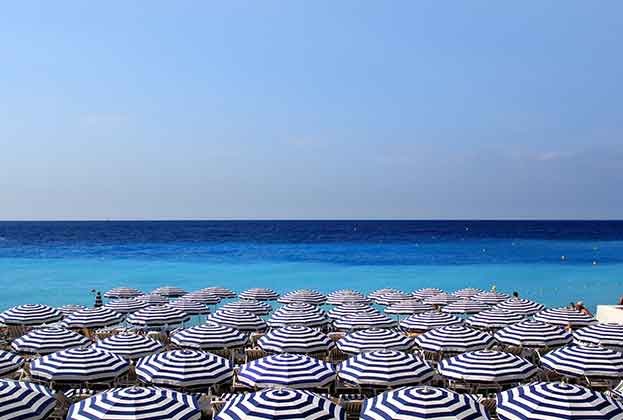

.jpg)


